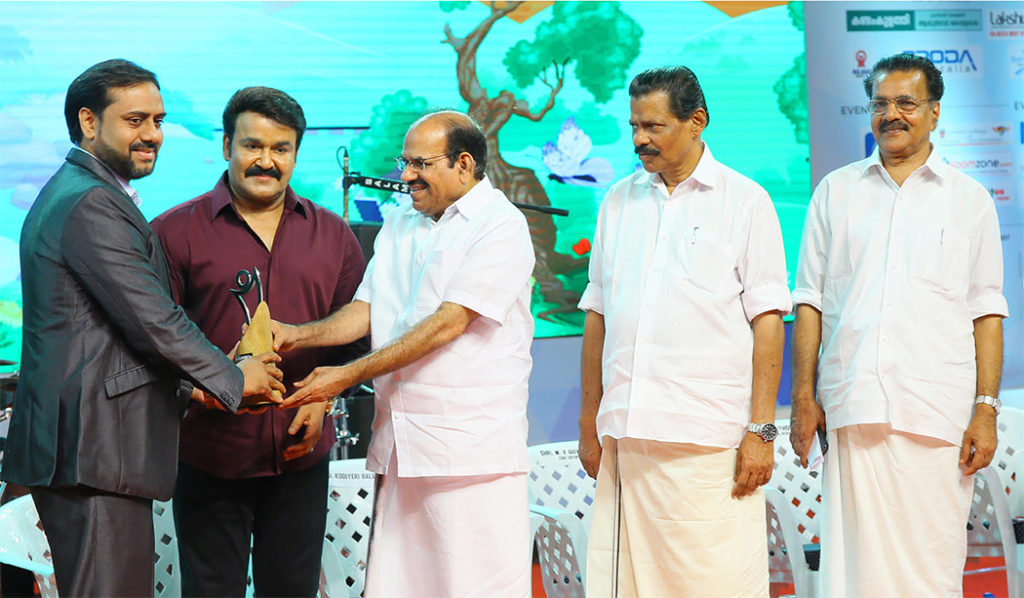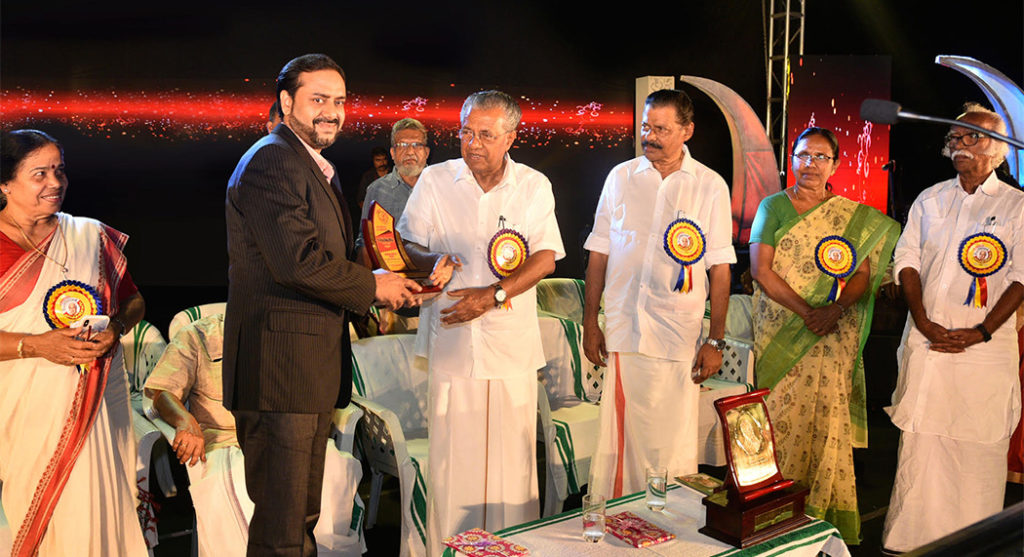SPECIALITY AYURVEDA TREATMENT
65
YEARS OF EXPERIENCE
YEARS OF EXPERIENCE
PATIENTS
FROM OVER 25 COUNTRIES
FROM OVER 25 COUNTRIES
MEDICINES DELIVERED WORLDWIDE
FEMALE INFERTILITY TREATMENT b- tubal factor Infertility

Dr Hameed Ibrahim KHOKAR chief physician and director KHOKAR group of Clinic for SEXUAL DISORDERS & INFERTILITY, receiving token of appreciation from CPM Kerala State Secretary Sri. Kodiyeri Balakrishnan in the presence of Malayalam film superstar Padmasri Mohanlal, for his distinquished services, at a mega event organised by Deshabhimani daily, in Thrissur.

Dr Hameed Ibrahim KHOKAR chief physician and director KHOKAR group of Clinic for SEXUAL DISORDERS & INFERTILITY, receiving token of appreciation from honourable Chief Minister Sri. Pinarayi Vijayan, for his distinquished services, at a mega event organised by Deshabhimani daily, in Kannur.
Women carry limited number of eggs and with the progressing reproductive years, the eggs lacks in quality and number. This decreases the chances of having baby by 3%-5% after the age of 30. The reduction in fertility is found to extend after the age of 40.
Female infertility- tubal factor infertility
The tubal factor infertility (TFI) is female infertility caused by congenital malformations, diseases, damage, obstructions, scarring and other factors that impede the descend of an fertilized ovum into the uterus by the Fallopian tubes. This prevents the normal pregnancy and full-term birth. 25-30% of infertility is caused by tubal factors. One main reason is Chlamydia trachomatis infection in women.
Genital mycoplasma infections and sexually transmitted Chlamydia are preventable causes of infertility and negative pregnancy outcomes. As the infections progress and ascend they result in tubal factor infertility. Infertility is due to multiple causes and may not be recognised for years after Chlamydia, gonorrhoea and Mycoplasma infection that has tubal damage. The affected woman may not become pregnant until years later.
Symptoms of tubal factor infertility
Infertility is the major symptom of tubal factor infertility and is defined by the woman under 35 years of age, who is not pregnant after 12 months without the use of contraception. The duration of twelve months is the lower reference limit for Time to Pregnancy by the World Health Organization. The inability to conceive is accompanied by symptoms of pelvic inflammatory disease like lower abdominal pain then the tubal factor infertility may be present. The history of pelvic inflammatory disease, laparoscopic evidence of scarring, diagnosis of salpingitis supports the diagnosis.
Causes of tubal factor infertility
The tubal factor infertility may be due to Chlamydia infection and testing of Chlamydia antibodies is one of the diagnostic tools. The Mycoplasma genitalium infection is linked with tubal factor infertility. Women experience difficulty in getting pregnant or may not carry a baby to term due to the buildup of scar tissue in the Fallopian tubes causing damage to the cilia of the epithelial cells. The tubal factor infertility can also be due to endometriosis.
Diagnosis of tubal factor infertility
The physician gets the medical history and evaluates for tubal obstructions and infections. Obstruction would occur anywhere along the length of the tube. This can be partially or completely blocked. The extent of obstruction is assessed using a hysterosalpingogram (HSG). Few use laparoscopy to establish the extent of the disease. When pelvic adhesions are present they can be visualized.
70% of distal tubal obstruction is more observed than proximal obstruction. This is caused by pelvic adhesions, hydrosalpinges or fusion of the fimbriae. The tubal instruction is mainly caused by endometriosis, infection, myomas, isthmica nodosa, salpingitis or dried mucus. The tube can spasm during the injection of the dye of a hysterosalpingogram that can be misdiagnosed.

